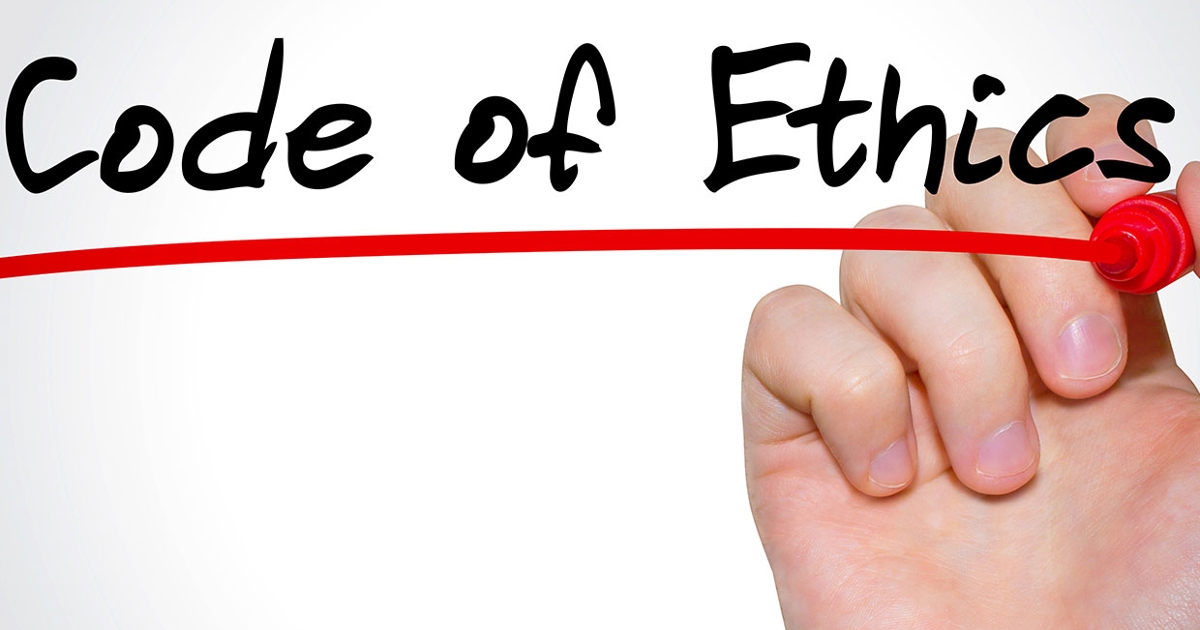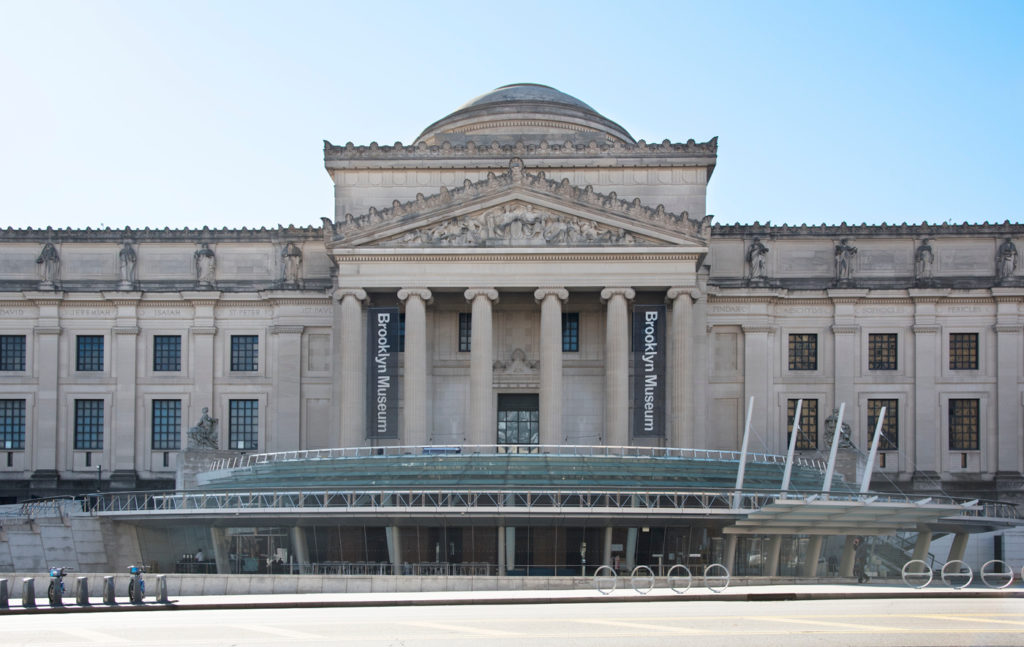
Museum Executive Compensation: A Broader Ethical Context
The controversies over art museum directors’ compensation, particularly during the time of COVID-19, has led me to think more broadly about the topic of museums and ethics.
In a recent NY Times article on the disparity of compensation between very highly compensated museum directors and relatively low paid rank and file employees, Robin Pogrebin quoted me as saying, “The differentials are too large. Boards need to take a more valued approach to how their institutions treat their people.” I’d like to expand upon this statement to make a larger point about the ethical responsibility of arts organizations and their leadership.
Five years ago, commenting in another article about New York’s Museum of Modern Art’s low staff wages and seemingly astronomical compensation of its Director, Glenn D. Lowry, I wrote that it is the responsibility of a nonprofit’s board to decide on the compensation of its head and that, within the legal parameters set by the Internal Revenue Service, MoMA’s board should pay Lowry what it thinks he is worth – even if that amount is over $2 million annually. I still stand by that. While MoMA, and all nonprofits, are “owned” by all of us, some group of people must be in charge (or “in trust”) and, from that designation, make decisions that ultimately benefit everyone. Presumably, and MoMA’s board would know better than I, Lowry is worth what he is being paid, and the IRS isn’t challenging that.
I also wrote that it is Lowry’s responsibility, not the board’s, to set the compensation for the rest of the management team and ultimately, the entire paid workforce. I argued that if the staff were unhappy about low wages, the best ones would find other jobs and those who remain might not give their full effort, which could reflect poorly on customer service and the safety of the collection, and ultimately on the institution and Lowry himself. However, the error in my judgement at that time was that I ignored the fact that there is an almost unlimited supply of museum management students and professionals who would jump at the chance to work at MoMA, even at lower salaries.
A strict interpretation of nonprofit governances dictates that the board hires and fires the CEO and sets her or his compensation, but from there it is the CEO’s job to hire, manage, motivate and compensate the staff. We don’t want the board involved in management decisions, selecting exhibitions, or deciding on which education programs to offer, as well as in whom to hire and how much to pay the staff. And, on one level, I still believe that.
And yet, the state of current affairs may suggest a different logic, and certainly cannot be ignored: museum staffs are unionizing over the perception of unfair compensation practices, and they are revolting because of the lack of transparency that has given rise to numerous allegations of a corrupt culture – such as the whistleblower complaint at the Detroit Institute of Arts and complaints of racism at The Smithsonian, or the outrage over a board member’s business activities at the Whitney and the philosophical beliefs of an American Museum of Natural History trustee.
Museums are liberal organizations, not in the political sense but in the sense that they are open to ideas, pursuers of truth, and operate on the principle that we all “own” them; for these reasons, museums should treat all with a sense of equal justice. Museums that are not embracing liberal ideas at the board and executive levels are experiencing significant public and media scrutiny, as well as vocal pushback from the staff.
In other words, people are awakening to the fact that arts organizations and their leadership have a responsibility to be moral and ethical, or perhaps are beginning to insist that they should. However, at the moment, the comments and criticisms levelled against museums, and the efforts to be ethical on the part of the organizations themselves, are without a context or framework. There is no comprehensive code of ethics that informs the field. While the Association of Art Museum Directors’ members and their institutions have a code of ethics that covers most collections questions (repatriation, self-dealing, deaccessioning, etc.), they do not have a broader code of ethics that covers (and which would provide them – board and leadership – with ‘cover’) subjects like sponsorship, equity (in all areas), and diversity (of board, staff, volunteers and visitors), and the topical issues around racial equity and gender safety.
In a landmark Harvard Business Review article, the authors explain that only with a code of ethics can business management [or, museum management] be considered a true profession. And, furthermore, that implicit in a code of ethics is a “social contract with other members of society: Trust us to control and exercise jurisdiction over this important occupational category…[and] we will ensure that our members are worthy of your trust—that they will not only be competent to perform the tasks they have been entrusted with, but they will conduct themselves with high standards and integrity.” A comprehensive code of ethics, one that is continually debated and collectively agreed upon and adopted by the museum profession, would answer many of the questions discussed above. If, for instance, the Whitney’s and AMNH’s codes of ethics addressed the issue of character and intentions of board members, they may have avoided prolonged and painful internal strife and public outcry. If the codes of ethics of museums were explicit about which sponsorships are acceptable and which are not, the Tate and many others could solve these and other dilemmas quickly and resolutely.
Should Lowry’s (and other museum directors’) salary be lowered and rank and file salaries raised? No. Museums are liberal, not socialist, organizations. Rather, the board has a responsibility to create and nurture the culture of the organization, a culture and a set of values that transcends any one President. This responsibility can be manifested in a code of ethics that states, for example, “We believe all employees should be paid a fair, living wage [which, because of cost of living, may be different at, say, MoMA than at the Akron Art Museum, but can be applied to both], that employees should be protected from abuse, and that diversity should be emphasized in hiring and promotion practices.” A proper museum code of ethics would attend to the concerns of the moment, rise to the challenge of dealing with difficult, but relevant, questions, and anticipate future challenges.
It is not for me – or any one person – to write such a code, but rather to suggest that the board, staff, volunteers and other stakeholders of art museums, as well as those of each sector of the arts, participate in a process of developing a code for their respective fields.







